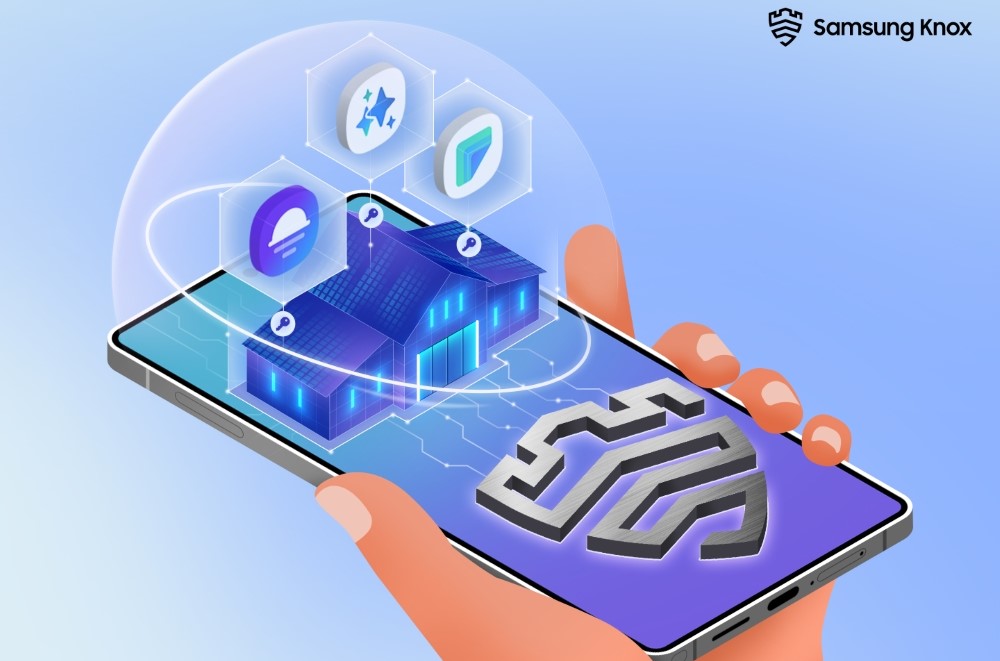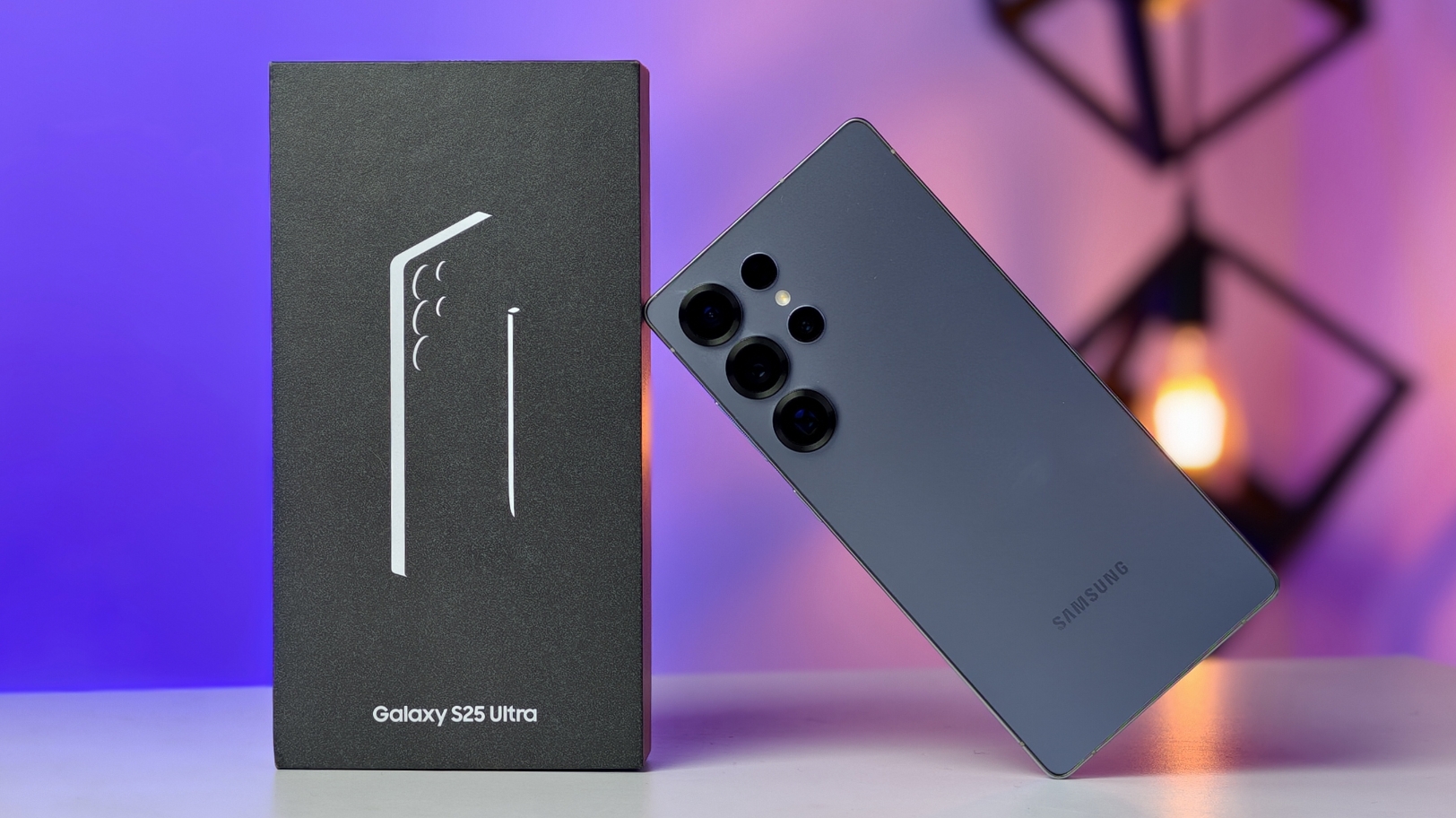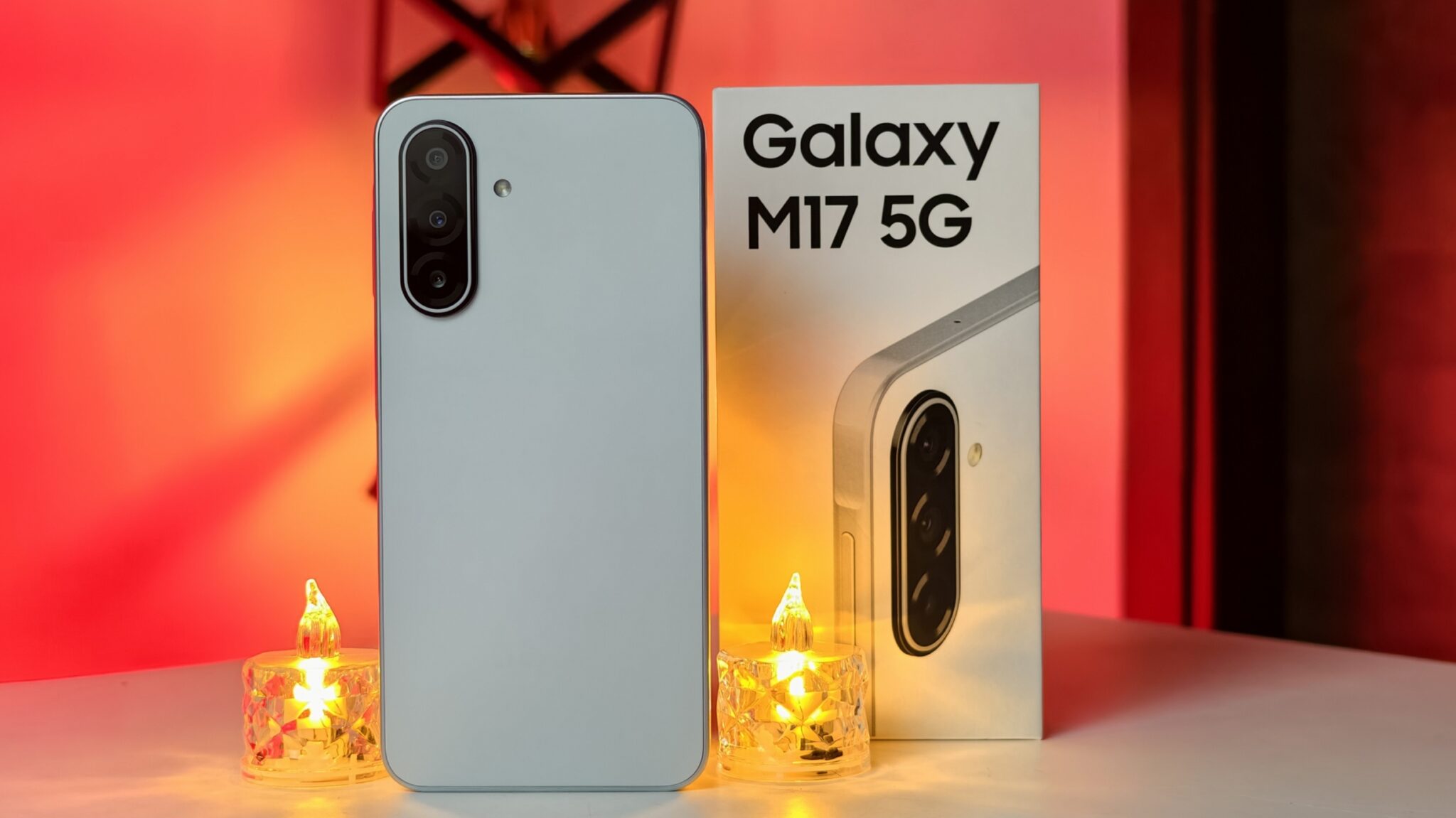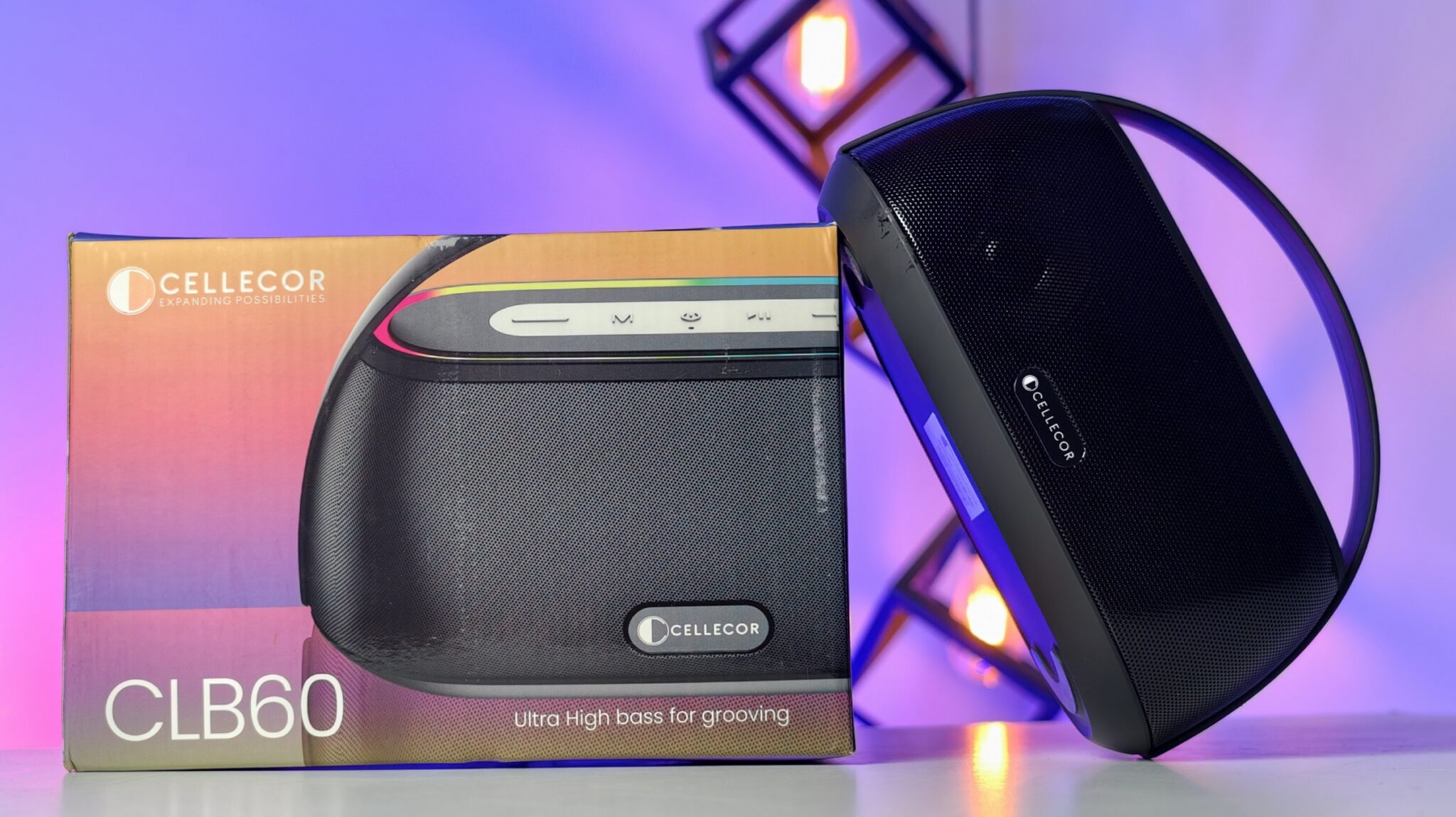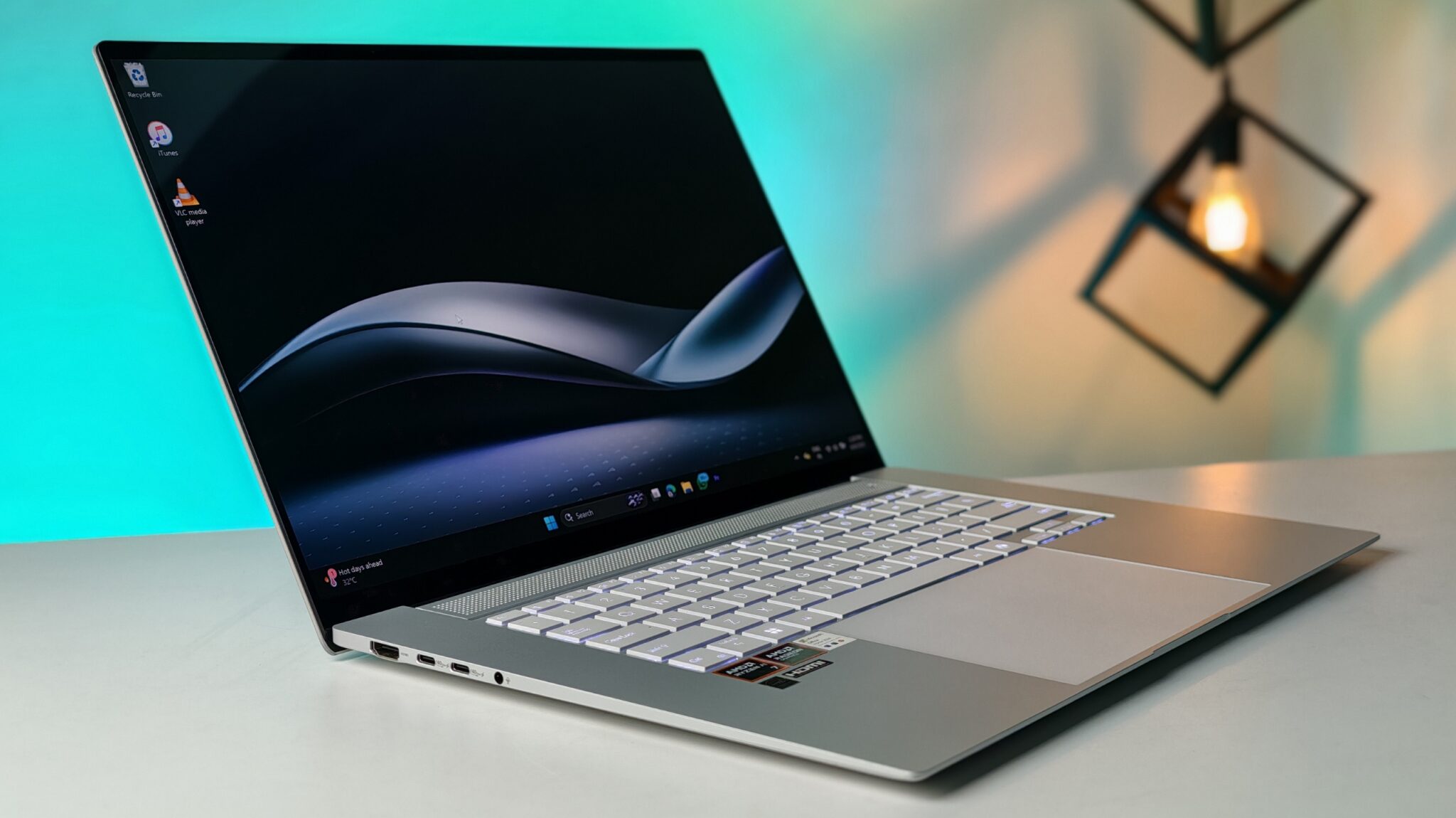Samsung Electronics today unveiled a fresh set of security and privacy updates coming with One UI 8 for Galaxy smartphones. The goal? To strengthen mobile security in an increasingly AI-driven world. These updates are designed to protect on-device AI, detect threats across connected devices, and improve network safety with future-proof encryption technologies.
Key Takeaways:
- Samsung debuts Knox Enhanced Encrypted Protection (KEEP), which secures personal data for AI-powered features.
- Knox Matrix gets smarter with proactive responses to threats across multiple Galaxy devices.
- Secure Wi-Fi receives an upgrade with quantum-resistant encryption, guarding against future tech threats.
- Existing safeguards like Knox Vault, Auto Blocker, Advanced Intelligence Settings, and Enhanced Theft Protection continue to offer layered protection.
Next-Generation Mobile Security for AI Personalization
One of the major highlights is KEEP—short for Knox Enhanced Encrypted Protection. Essentially, this new security architecture creates encrypted, app-specific storage zones within the secure storage area of a Galaxy device. That means your personalized AI features can function smoothly while staying locked behind robust encryption.
KEEP supports Samsung’s Personal Data Engine (PDE), safeguarding sensitive insights like your daily habits or content preferences. These are the kinds of details that power tools like Now Brief and Smart Gallery search. What’s important is that this data never leaves your device. It stays local, shielded by KEEP and backed by Knox Vault—Samsung’s tamper-resistant hardware. That tight integration ensures Galaxy AI remains useful, yet entirely private.
KEEP now extends across multiple features that rely on personal data—like Smart Suggestions and Now Brief—enabling smarter on-device AI without opening up privacy risks. It’s a system-level solution that seems poised to scale with Samsung’s future AI roadmap.
Smarter, More Connected Threat Response With Knox Matrix
With AI features spanning across more devices, Samsung is doubling down on ecosystem-level defense. Knox Matrix, the company’s connected-device security framework, is getting a notable upgrade in One UI 8.
Now, if any device within your Galaxy setup encounters a critical threat—say, from system tampering or identity fraud—it can trigger an automatic sign-out from the Samsung Account. That immediately cuts off access to cloud-connected services, helping to isolate and contain the issue.
Users are alerted across all their connected Galaxy devices and can review the situation on a centralized page called ‘Security status of your devices.’ Even older devices, ones that might not be up-to-date with the latest patches, will now display a yellow warning flag—a small but helpful detail for preemptive action.
This makes Galaxy’s ecosystem protection more transparent, more dynamic, and frankly, more human-centric.
Secure Wi-Fi Strengthened With Quantum-Resistant Encryption
Samsung is also pushing the envelope on network safety. Building on the Post-Quantum Enhanced Data Protection (EDP) introduced with the Galaxy S25 series, the company is now bringing post-quantum cryptography to its Secure Wi-Fi feature.
The idea behind this update is forward-thinking: quantum computing might not be mainstream yet, but it’s coming. And when it does, it could break today’s encryption. Samsung’s Secure Wi-Fi uses quantum-resistant methods to protect the key exchange in encrypted sessions—guarding against the “harvest now, decrypt later” strategy, where attackers stockpile encrypted data to crack it in the future.
This strengthens the private tunnel between Galaxy devices and Samsung servers, which is particularly valuable when you’re using public Wi-Fi networks.
Secure Wi-Fi now also includes:
- Auto Protect: Automatically activates in public places like airports or cafes, securing your connection with zero effort on your part.
- Enhanced Privacy Protection (EPP): Adds multiple layers of anonymity by routing traffic through packet encryption and relays, making it harder to track your device.
- Protection Activity: Lets you review which apps and networks were secured and how much data was protected—something transparency-minded users will appreciate.
A Trusted Platform With Built-In Safeguards
Samsung is clearly trying to future-proof its devices. But it’s not just about new tools—existing protections remain front and center:
- Knox Vault: Stores credentials like passwords and biometrics in a hardware-isolated zone, even if the main OS is breached.
- Auto Blocker: Prevents unauthorized app installs and blocks risky commands, helping ward off “zero-click” threats.
- Advanced Intelligence Settings: Gives users control over whether their data is processed online or kept entirely on-device.
- Enhanced Theft Protection: Adds layers like Identity Check and Security Delay to protect your data in the event of theft.
All these updates reflect Samsung’s evolving approach to mobile security—not just keeping up with new threats, but anticipating them. With KEEP, Knox Matrix, and quantum-resistant Wi-Fi, the Galaxy ecosystem feels more secure, more transparent, and frankly, more ready for what’s next.
FAQs
Q1: What is Knox Enhanced Encrypted Protection (KEEP)?
A1: KEEP is Samsung’s new security framework that isolates personal data used by AI features in encrypted, app-specific storage. Each app can only access its own data, keeping your information safe and local.
Q2: How does Knox Matrix help protect connected Galaxy devices?
A2: If a device is compromised, Knox Matrix automatically signs it out of the Samsung Account and alerts your other connected devices. This helps contain threats and gives users tools to act quickly.
Q3: What does “quantum-resistant encryption” mean for Secure Wi-Fi?
A3: It means your data is protected against future threats from quantum computing, which could eventually break current encryption. Secure Wi-Fi now uses methods that aim to stay secure even when that tech arrives.
Q4: What are some other built-in security features mentioned by Samsung?
A4: Samsung still offers Knox Vault for sensitive credentials, Auto Blocker for blocking risky apps and actions, Advanced Intelligence Settings for local AI data control, and Enhanced Theft Protection to secure data during theft scenarios.


